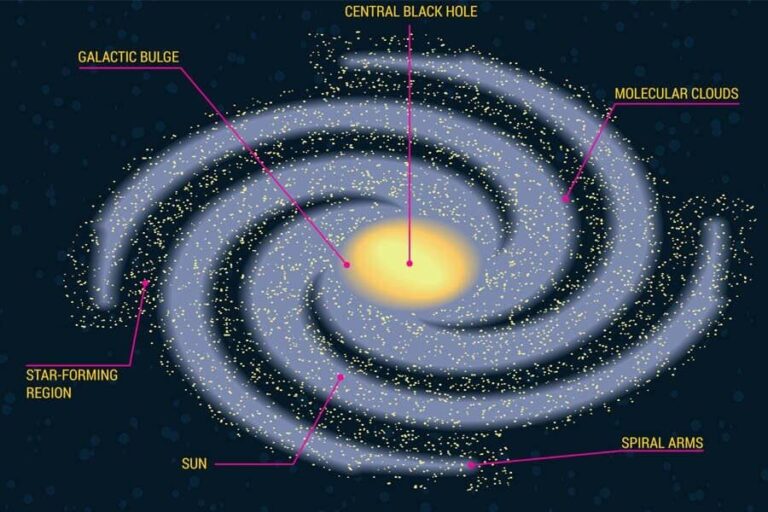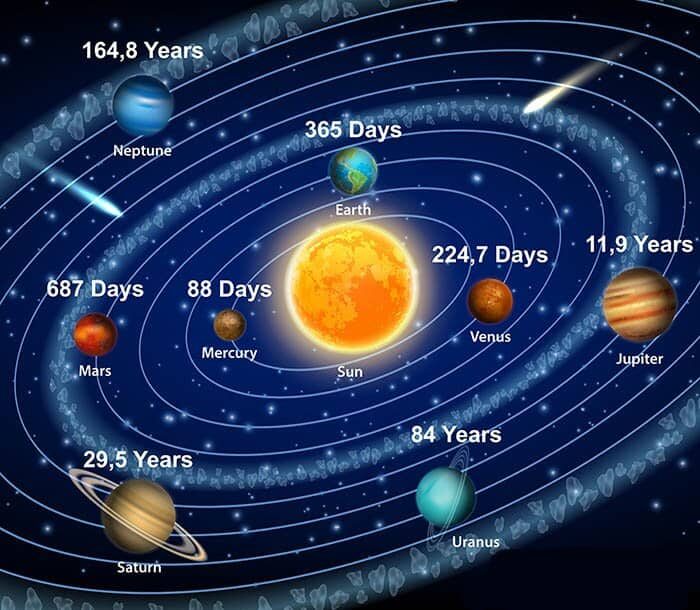Logitech Fusion Webcam
Enabling Long Exposures:
One of the video capture softwares I tried with the Fusion, IC CAPTURE, is being used by J-P Metsavainio to take long exposure images of a few seconds in length. J-P estimates the length of the exposures at between 1 and 4 seconds and it allowed him to take images of planetary nebula by stacking multiple images. IC CAPTURE does not give “fraction of a second” exposure length readings that are provided by the original Logitech capture software and most other video capture programs. Instead it provides a numerical range of exposure levels between 0 and -14. Another video capture program that handles the exposure settings the same way as IC CAPTURE is NERO CAPTURE VIDEO.
UPDATE: Axel Canicio of Astrosnap has a working version of Astrosnap Pro that allows high resolution (1280X960) AVI capture and also long exposure control to 10 seconds.
This table shows the range of exposure settings provided by the original Logitech software compared to programs using the WDM (Windows Driver Model) interface such as Astrosnap, IC Capture and Nero Capture:
| LogitechDriver | AstrosnapIC CaptureNero Capture | AstrosnapIC CaptureNero Capture | |
| Seconds | ExposureReading | Seconds | |
| ——- | -14 | 10 | |
| ——- | -13 | 10 | |
| ——- | -12 | 5 | |
| ——- | -11 | 2.5 | |
| ——- | -10 | 1.3 | |
| ——- | -9 | 2/3 | |
| 1/5 | -8 | 1/3 | |
| 1/10 | -7 | 1/7 | |
| 1/15 | -6 | 1/15 | |
| 1/20 | -5 | 1/31 | |
| 1/25 | -4 | 1/62 | |
| 1/30 | -3 | 1/124 | |
| 1/33 | -2 | 1/252 | |
| 1/40 | -1 | 1/500 | |
| 1/50 | 0 | 1/1000 | |
| 1/60 | |||
| 1/100 | |||
| 1/120 | |||
| 1/250 | |||
| 1/500 | |||
| 1/1000 |
10 Second Maximum Exposure?
Notice in the above table that the Logitech driver has 15 increments of exposure settings ranging from 1/1000 second to 1/5 second. The WDM third party capture programs also provide 15 increments of exposure settings but they extend the longer exposures beyond 1/5 second to 10 seconds. The WDM third party capture programs change the exposure length by doubling (2X) each subsequent exposure time. That being the case, one would think that the (-14) setting would provide a 20 second exposure (2 X 10 seconds), but when I try this setting, I still get a 10 second exposure as per the (-13) setting. Maybe 10 seconds is the longest exposure that the Fusion is capable of doing?
This shows the longest exposure setting possible (1/5 second) using the original Logitech software:
This shows the longest exposure setting possible (-14) using NERO CAPTURE VIDEO:
How do these “fraction of a second” and “numbered” exposure settings compare? To find out I took some images of a clock’s second hand in a darkened room. If the original Logitech software driver is used to set the exposure length to its longest setting of 1/5 second, and then the Logitech software is closed and the NERO software opened, the exposure setting in NERO’s “Video Device Properties” window (above) is -8. An exposure setting of -8 appears then to correspond to a 1/5 second exposure length.
Adjusting the exposure settings below -8 using NERO results in longer exposures. To time the exposures I took images of a clock’s second hand as shown below. The second hand did not move continuously but instead ticked from second mark to second mark and became difficult to see on the longer exposure images:
Nero at -8 Exposure:
Nero at -11 Exposure:Result: 1 second exposure
Nero at -12 Exposure:Result: 2 to 3 second exposure
Nero at -14 Exposure:Result: 8 to 10 second exposure
For the exposure above at the -14 setting, only the minute hand can be seen, but I timed the exposure by eye and it was repeatedly between 8 and 10 seconds. Note that the actual exposure times in seconds using the Nero software are close to but not exactly the exposure times listing in the table above. Astrosnap Pro was used to determine the long exposure lengths in the table. The actual exposure times have been found to vary somewhat and can change after resetting either the exposure or gain controls. This is the unstable nature of the long exposure settings and I hope to find software that can directly control exposure times reliably.
I thought that IC CAPTURE software may have been summing shorter exposure images to produce longer images, since its noise reduction feature appears to average combine individual exposures. But since the NERO capture software gives the same results, the Fusion is truly doing longer exposures beyond the 1/5 second limit with the original Logitech software. When I used IC CAPTURE during its trial period, it was very buggy. NERO capture is behaving in a similar manner. While changing the exposure settings, the display may freeze up for a few seconds. Changing the exposure settings between -12 and -14 sometimes gives strange results…..a brighter image…but shorter exposure. I was able to adjust the exposure to -14 using NERO capture and then closed NERO capture and opened PCCAM capture software which retained the longer exposure setting. When I looked at the Exposure setting in PCCAM, the “fraction of a second” reading was “1/0 seconds” as seen below:
Hey, maybe this camera can do longer bulb exposures using software?
Dark Frame:
The following 10 second exposure dark frame was taken using Astrosnap Pro at room temperature:
The above dark frame was reduced 50% in size. For the full frame version (1280X960).
Dark frame noise was very consistent from frame to frame and the Fusion had been operating for a few hours before dark frame capture.
The Sum Up:
Using third party software, the Fusion can do longer exposures than are possible by the original Logitech software. This agrees with the Fusion being able to take higher resolution AVIs than are possible with the original software. ASTROSNAP, IC CAPTURE and NERO CAPTURE, which enable the longer exposures, are usable softwares but there is some quirkiness with the exposure and gain controls when operating in the 10 second exposure mode.
An advantage of the Fusion is its ability to do exposures of a few seconds in length, without the need for a hardware hack or extra control cables, which would be useful for autoguiding and taking exposures of the the brighter deep sky objects.
Gentlemen….get your peltier devices ready:)

